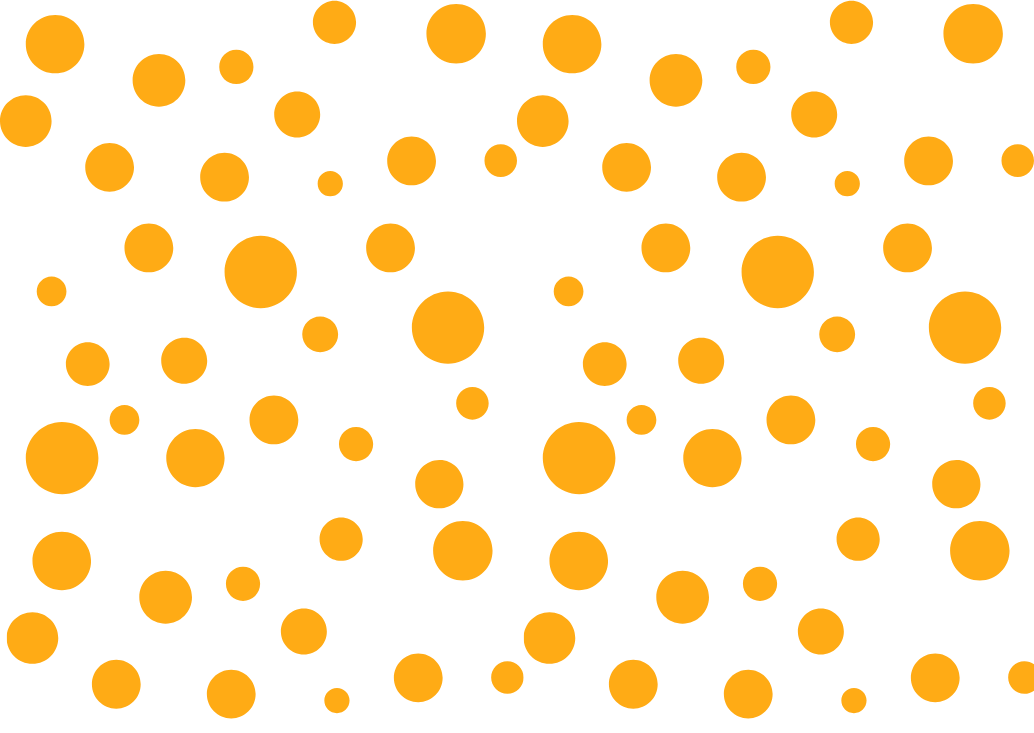How to Choose the Right Genre of Piano Music for Your Style

Understanding the Importance of Piano Music Genres
Why Choosing the Right Genre Matters
The genre of piano music you choose significantly impacts your learning experience and enjoyment. Different genres emphasize unique techniques, tempos, and emotional expressions, shaping how you approach the instrument. For example, classical music focuses on precision and theory, while jazz promotes creativity and improvisation. Choosing a genre aligned with your goals ensures that practice feels rewarding rather than frustrating.
How Genres Influence Your Playing Style
Each genre of piano music brings distinct playing styles that challenge different aspects of your musical abilities. Classical piano often emphasizes structured hand positions and technical accuracy. In contrast, blues and jazz encourage fluidity and spontaneity through chord progressions and improvisation. Understanding these differences helps you develop a well-rounded skill set tailored to your preferred genre.
Overview of Popular Piano Music Genres
Classical Piano: Timeless Elegance
Classical music forms the foundation of piano education for many musicians. It includes works by composers like Beethoven, Mozart, and Chopin, offering pieces that range from beginner-friendly to highly advanced. This genre of piano music demands discipline and attention to musical theory, making it ideal for building technical skills. Classical music also introduces players to a rich repertoire spanning centuries.
Jazz Piano: Improvisation and Soul
Jazz piano is renowned for its expressive and dynamic nature, focusing on improvisation and syncopated rhythms. Originating in the early 20th century, it incorporates blues scales and complex harmonies, offering pianists a chance to experiment creatively. Learning jazz also enhances a player’s ear training and ability to adapt to other musicians, making it an interactive genre of piano music. Key artists like Thelonious Monk and Bill Evans are excellent inspirations for budding jazz pianists.
Pop Piano: Modern and Versatile
Pop piano is one of the most accessible and popular genres, drawing from contemporary hits and timeless classics. Its melodies often focus on simplicity and emotion, making it appealing to beginners and casual players. This genre of piano music allows players to connect with audiences through well-known songs, fostering confidence and motivation. Artists like Adele and Elton John exemplify the expressive potential of pop piano.
Other Genres to Consider: Blues, Rock, and New Age
Blues piano lays the groundwork for many modern genres with its 12-bar structure and emotional depth. Rock piano incorporates energetic riffs and is often found in iconic bands like Queen or The Beatles. New Age music provides a meditative experience, featuring ambient, flowing melodies. Exploring these genres introduces pianists to a wide spectrum of sounds and styles, enriching their musical journey.
Exploring Cultural Influences on Piano Music Genres
How Geography Shapes Piano Genres
The development of piano genres is deeply influenced by cultural and geographic factors. For instance, jazz emerged in the United States, heavily influenced by African rhythms and European harmonic traditions. Similarly, tango music integrates the piano as a key instrument, reflecting its South American roots. Understanding these influences provides deeper insight into the diversity of piano music genres.
The Role of Folk Music in Piano Genres
Folk traditions have significantly shaped various piano genres, embedding cultural narratives in the music. For example, classical composers like Bartók and Grieg incorporated folk melodies into their works. Genres like Celtic piano music celebrate folk heritage with lyrical, dance-like compositions. Exploring folk-influenced piano genres expands your appreciation of how music connects to history and culture.
How Technology Influences Modern Piano Genres
Digital Tools and Synthesizers in Piano Music
Technology has expanded the possibilities for creating and performing piano music. Synthesizers and digital pianos allow musicians to experiment with new sounds, leading to the emergence of genres like electronic and experimental piano music. These tools also enable composers to blend traditional piano styles with modern innovations, creating unique genre hybrids.
Online Platforms for Genre Exploration
The rise of online platforms has made it easier to discover and learn about different piano genres. Streaming services offer curated playlists that highlight specific genres of piano music, while platforms like YouTube provide tutorials for diverse styles. This accessibility encourages pianists to explore genres they may not have otherwise encountered.
Psychological and Emotional Benefits of Different Piano Genres
How Piano Genres Affect Mood and Mental Health
Each genre of piano music can evoke distinct emotional responses and offer therapeutic benefits. Classical music is often associated with relaxation and mental clarity, while jazz promotes creativity and emotional expression. New Age piano music is particularly effective for stress relief and meditation. Understanding these effects allows pianists to choose genres that align with their emotional needs.
Using Piano Music Genres for Self-Expression
Playing piano genres that resonate with your emotions can serve as a powerful outlet for self-expression. Blues and jazz, for example, are deeply rooted in conveying personal stories and feelings. Similarly, improvising in any genre enables pianists to channel their thoughts and experiences through music. This connection between genre and expression enhances the joy of playing.
Factors to Consider When Choosing a Genre
Your Personal Interests and Preferences
Selecting a genre of piano music that resonates with your taste ensures consistent practice and enjoyment. Reflect on the types of music you listen to regularly and consider their piano equivalents. If you love intricate melodies, classical might suit you, whereas fans of soulful tunes might lean toward blues or jazz. Letting your interests guide your choice keeps you motivated.
Skill Level and Learning Goals
Your current skill level plays a crucial role in determining which genre of piano music is most suitable. Beginners might start with simpler genres like pop or blues, which require fewer technical skills. Advanced pianists may challenge themselves with jazz or classical works. Additionally, aligning your goals, such as mastering sight-reading or improvisation, with a genre enhances your progress.
The Accessibility of Genre-Specific Resources
Having access to resources, such as sheet music, tutorials, and instructors, can make a genre easier to learn. Classical music has an abundance of free scores and comprehensive tutorials available. Jazz resources often emphasize ear training and chord progressions. Exploring platforms like YouTube or dedicated piano apps helps you find materials tailored to your chosen genre of piano music.
Tips for Exploring and Experimenting with Genres
Start with Simple Pieces in Each Genre
Begin with easy compositions from different genres to discover what resonates with you. Classical beginners might try Bach’s “Prelude in C Major,” while jazz learners could explore simple blues patterns. Sampling diverse genres of piano music offers insight into what suits your style and keeps practice fresh. It also builds a foundation for transitioning into more advanced pieces.
Attend Live Performances or Listen to Recordings
Listening to professional pianists perform various genres helps you understand their unique qualities. Attend local concerts featuring jazz, classical, or pop piano to observe techniques and dynamics firsthand. Alternatively, explore recordings by renowned artists across different genres of piano music. Immersing yourself in these performances deepens your appreciation and inspires your playing.
Seek Advice from Teachers or Experienced Pianists
Consulting with piano teachers or experienced players provides valuable guidance in selecting a genre. Teachers can assess your skills and recommend genres that align with your strengths. Experienced pianists often share insights about the challenges and rewards of their preferred genres of piano music. Leveraging their expertise accelerates your learning process.
Conclusion: Finding the Perfect Genre for Your Style
Exploring the diverse world of piano music genres allows you to discover a style that reflects your personality and goals. Each genre offers unique challenges and rewards, enhancing your musical journey. By understanding your preferences, skill level, and resources, you can confidently choose a genre that inspires and excites you.
FAQ
Q: What is the easiest genre of piano music for beginners?
A: Pop piano is often the easiest genre for beginners due to its simple melodies and repetitive patterns. It allows players to quickly learn recognizable songs, building confidence and motivation.
Q: Which genre of piano music is best for advanced players?
A; Classical and jazz are excellent choices for advanced players due to their complexity and emphasis on technique. These genres challenge players with intricate compositions and improvisation.
Q: Can I switch genres after learning one style?
A: Yes, switching genres is a great way to expand your skills and versatility as a pianist. Each genre of piano music introduces new techniques that enrich your overall musicianship.
Q: How do I know which genre of piano music suits me?
A: Experiment with pieces from various genres and observe which ones you enjoy the most. Consider your personal interests, goals, and how comfortable you feel playing each style.
Q: What is the hardest genre of piano music to master?
A: Classical piano is often considered the hardest to master due to its technical demands and emphasis on precision. Genres like jazz can also be challenging because of their focus on improvisation and complex rhythms, requiring both creativity and advanced musical theory.





